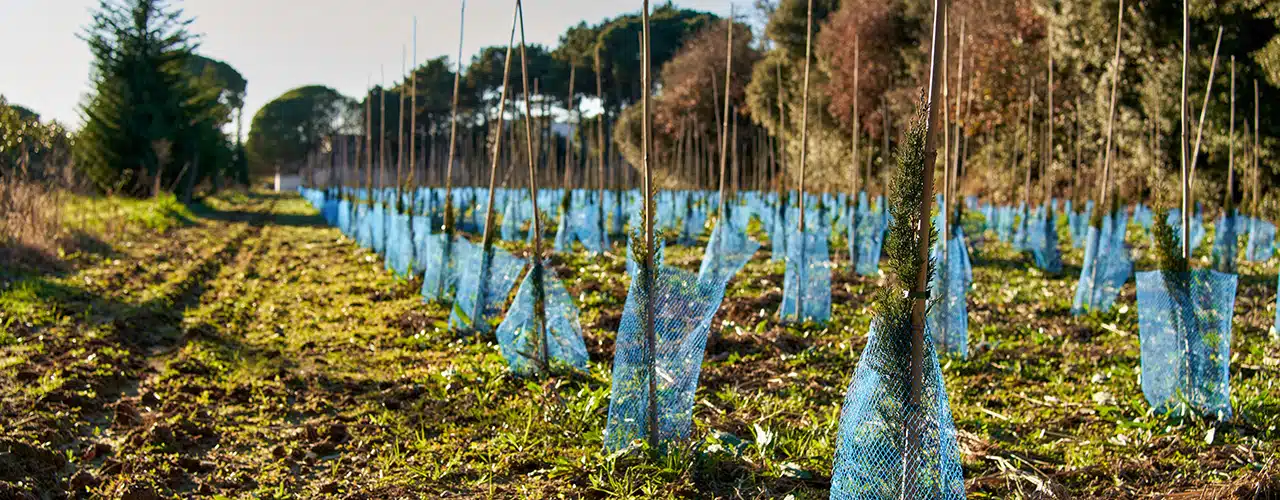Australian & New Zealand Carbon Market Insights
All modelling that limits global warming to under 2°C requires both eliminating deforestation as well as reforestation of hundreds of millions of hectares by 2050, to remove carbon from the atmosphere.
“Removals” are critical to achieving net zero, which is a state in which greenhouse gases released into the atmosphere are balanced by emissions removals out of the atmosphere. Further modelling of potential activities that can limit global warming to under 2°C by 2030 indicates that approximately one third of cost-effective mitigation by 2050 can be provided by Natural Climate Solutions.
This transformation in land use will require the mobilisation of hundreds of billions of dollars of investment. This investment must be channelled into Natural Climate Solutions—the protection of threatened forests, improved management of forestry and agricultural production systems, and reforestation of landscapes.
Climate change policy, greenhouse gas (GHG) emissions trading systems and carbon credit schemes in major agricultural economies, are already creating value for carbon sequestration in forests. Rising carbon prices are driving new investment decisions in forestry and in land management—with more value and expected investment return shifting to activities that increase carbon sequestration.
As the price of carbon rises, land use shifts from grazing, crop production, and lower value forestry toward longer forestry rotations, new plantation establishment, regenerative agricultural practices, and ecosystem restoration. The tipping point among these land uses can be sudden, and cash flows associated with increased carbon sequestration increasingly become capitalised into land values.



